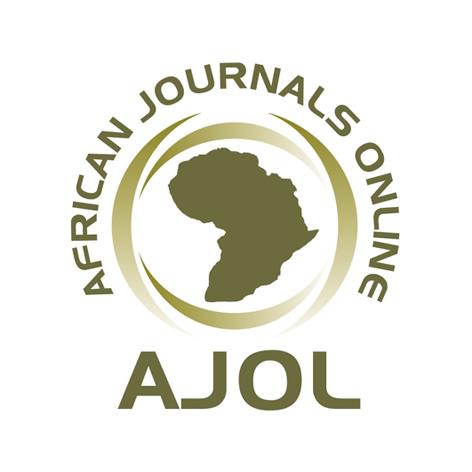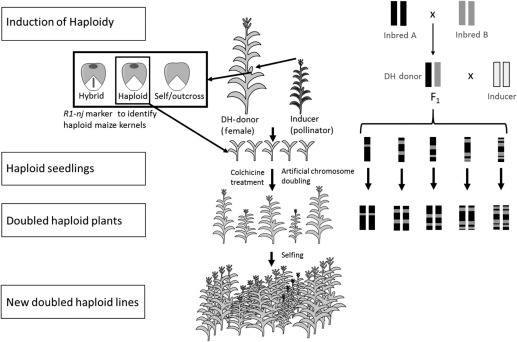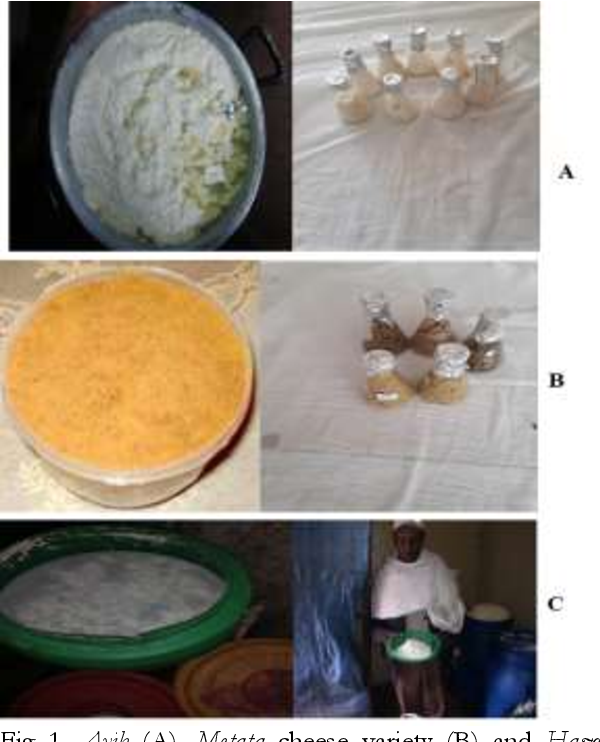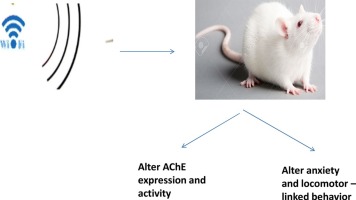Genotype x Environment Interaction and Grain Yield Stability of Improved Teff [Eragrostis tef (Zucc.) Trotter] Varieties in Northwestern Ethiopia
Downloads
Background: Teff is an important staple cereal crop in northwestern Ethiopia. However, the yield of the crop is very low due to, among others, lack of stable and high yielding varieties under varying environmental conditions because of genotype x environment interaction effect.
Objective: The study was conducted to assess the effect of genotype by environment interaction, identify mega environments, and select high yielding and stable teff genotypes that interact less with the changing environment.
Materials and Methods: Twenty improved teff varieties were evaluated using a randomized complete block design with three replications at Adet, Motta, Bichena, Debre-Tabor and Takussa districts for two consecutive years. Data were collected on days to heading and maturity, plant height, grain filling period, panicle and culm length, dry plant biomass and grain yield. The data were analyzed using a combined analysis of variance and genotype main effect plus genotype by environment interaction biplot.
Results: The combined analysis of variance for grain yield revealed highly significant (P < 0.001) effects for genotype (16%), environment (54%) and genotype x environment interaction (23%). The effect of environment was three times higher than that of genotype, indicating significant and undesirable influence of the environment on genotype stability. The mean grain yield across the environments ranged from 1.65 to 2.77 tons ha–1 for Debre-Tabor and Takussa, respectively. The genotype mean yield ranged from 1.68 to 2.51 tons ha–1 for Simada and Hiber-1, respectively. Genotype by environment interaction biplot analysis grouped the ten test environments and twenty genotypes into three mega-environments and four genotype groups. Besides, Adet district and Bichena district had relatively the longest vector length and the smallest angles with the average environmental axis, thus being the most representative of all environments. Regarding genotypes, Hiber -1 followed by Kora, Etsub and Dukem were identified as the best yielding and relatively stable genotypes to increase teff productivity in the region.
Conclusion: The biplot analysis of the genotype by environment interaction resulted in the identification of Adet and Bichena districts as the most favorable locations for teff production and as well as Hiber-1 as the most productive teff variety for cultivation in the study area. This implies that farmers in the two districts could be advised to take up this variety for enhancing yield of the crop and income from its production.
Copyright (c) 2022 Atinkut Fentahun, Tiegist Dejene, Kebebew Assefa

This work is licensed under a Creative Commons Attribution-NonCommercial-NoDerivatives 4.0 International License.
- I am authorized by my co-authors to enter into these arrangements.
- I warrant, on behalf of myself and my co-authors, that:
- the article is original, has not been formally published in any other peer-reviewed journal, is not under consideration by any other journal and does not infringe any existing copyright or any other third party rights;
- I am/we are the sole author(s) of the article and have full authority to enter into this agreement and in granting rights to Springer are not in breach of any other obligation;
- the article contains nothing that is unlawful, libellous, or which would, if published, constitute a breach of contract or of confidence or of commitment given to secrecy;
- I/we have taken due care to ensure the integrity of the article. To my/our - and currently accepted scientific - knowledge all statements contained in it purporting to be facts are true and any formula or instruction contained in the article will not, if followed accurately, cause any injury, illness or damage to the user.
- I, and all co-authors, agree that the article, if editorially accepted for publication, shall be licensed under the Creative Commons Attribution License 4.0. If the law requires that the article be published in the public domain, I/we will notify Springer at the time of submission, and in such cases the article shall be released under the Creative Commons 1.0 Public Domain Dedication waiver. For the avoidance of doubt it is stated that sections 1 and 2 of this license agreement shall apply and prevail regardless of whether the article is published under Creative Commons Attribution License 4.0 or the Creative Commons 1.0 Public Domain Dedication waiver.
- I, and all co-authors, agree that, if the article is editorially accepted for publication in Haramaya Journals, data included in the article shall be made available under the Creative Commons 1.0 Public Domain Dedication waiver, unless otherwise stated. For the avoidance of doubt it is stated that sections 1, 2, and 3 of this license agreement shall apply and prevail.












